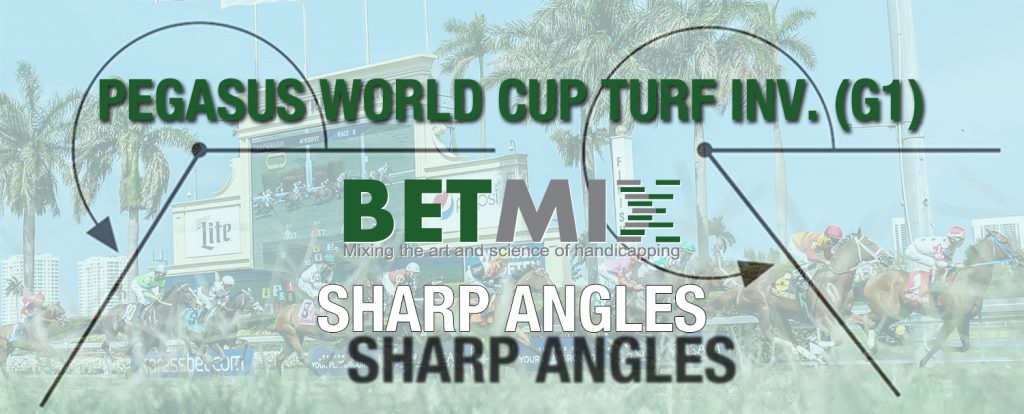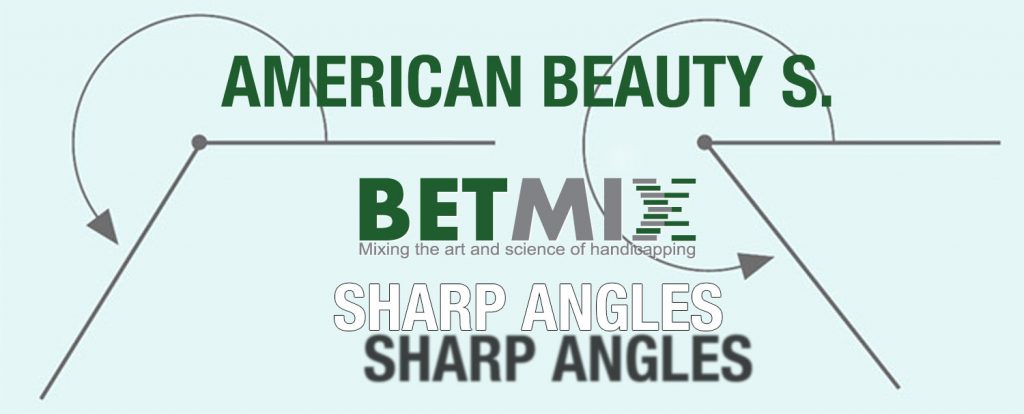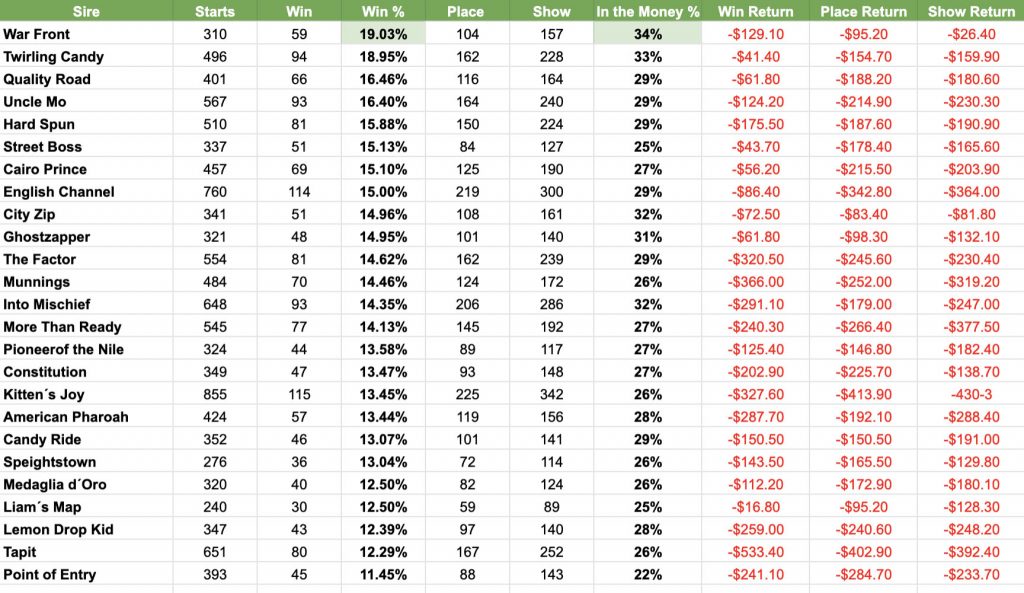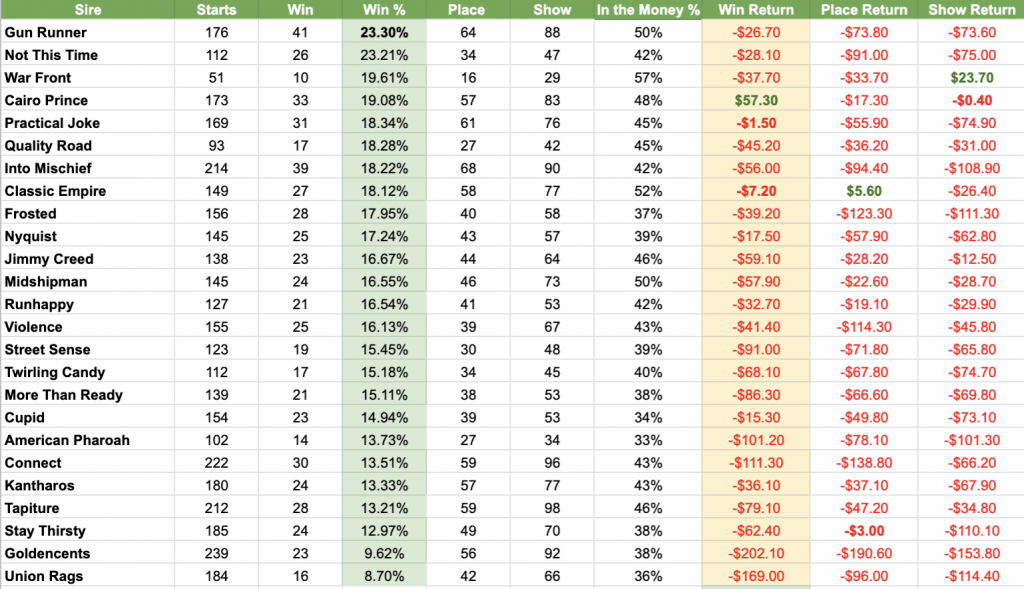Holy Bull S. (G3) at Gulfstream Park
8.5F on Dirt (February 5)
Horse Racing Data Analyzed: Last 40 8.5-furlong graded dirt stakes at Gulfstream Park
Date Range: January 1, 2012 - Present
Sharp Angle: Ranked 1st in Best Speed Fast Track
Factor Stats: 47 contenders, 21 winners (44%, $59.60 flat win bet return, 163 ROI%), 38 place & show (80%, $3.50 Place Return & $11.40 Show Return)
There is no shortage of hope for owners of 3-year-old colts in early February. Consequently, there is a shortage of space in the starting gate for the Holy Bull Stakes on Saturday at Gulfstream Park where 9 evenly-matched runners will square off.
A query of the Betmix Angler online handicapping databases shows that the Best Speed Fast Track factor has been key in the 8.5 furlong graded dirts stakes at Gulfstream and in the Holy Bull specifically.
Some 44% of contenders ranking first in this factor have won, producing a healthy $52.80 Win Return. Among the winners are six Holy Bull heroes in the last decade - Greatest Honour ($7.60) winner of one of the Holy Bull divisions last year preceded by Audible ($8.40), Moyhamen ($2.60), Upstart ($6.20), Cairo Prince ($6.20) and Itsmyluckyday ($11.40).
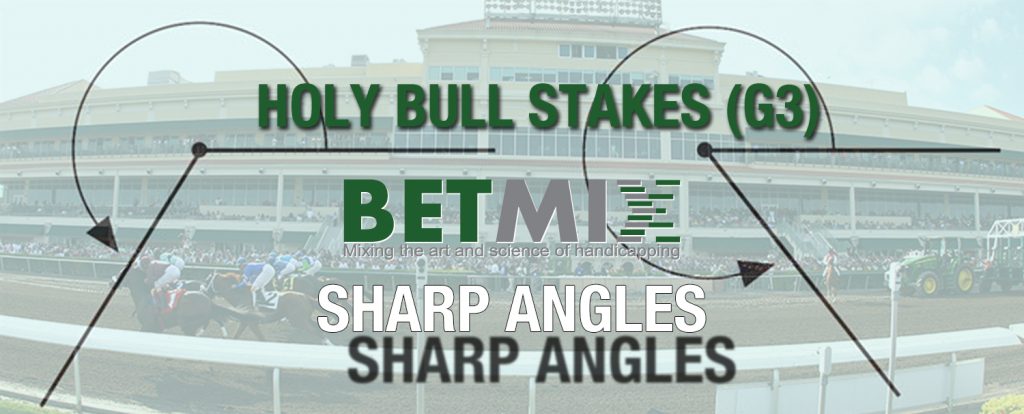
What's more is the fact that 80% of the contenders have hit the board, so it surely looks wise strongly consider this factor into your Holy Bull wagering strategy.
Find this race in Betmix Birddog and use the Best Speed Fast Track slider to see which horse ranks first in this factor. That’s the Sharp Angles play.
Want to look for your own Angles using Betmix handicapping software?
Click for the Betmix Angler tutorial
Click to subscribe to Betmix


